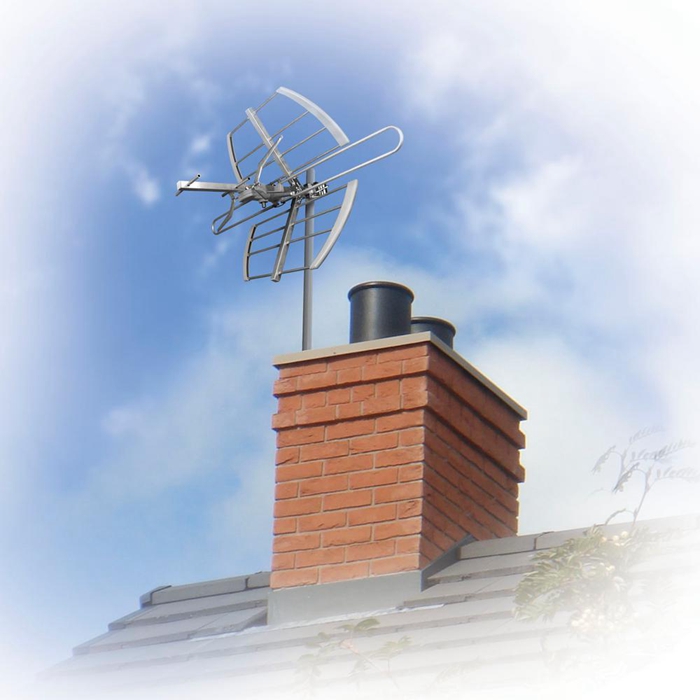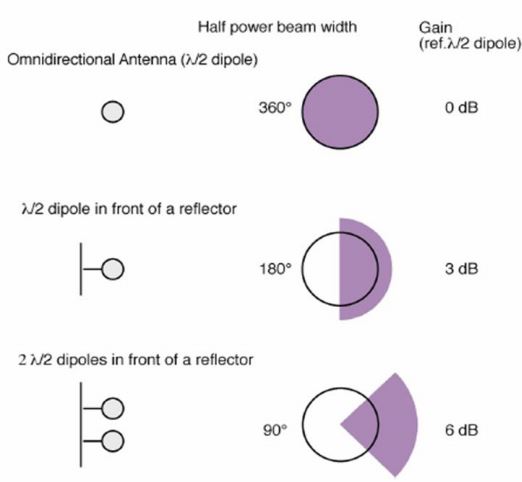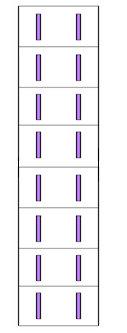Products Category
- FM Transmitter
- 0-50w 50w-1000w 2kw-10kw 10kw+
- TV Transmitter
- 0-50w 50-1kw 2kw-10kw
- FM Antenna
- TV Antenna
- Antenna Accessory
- Cable Connector Power Splitter Dummy Load
- RF Transistor
- Power Supply
- Audio Equipments
- DTV Front End Equipment
- Link System
- STL system Microwave Link system
- FM Radio
- Power Meter
- Other Products
- Special for Coronavirus
Products Tags
Fmuser Sites
- es.fmuser.net
- it.fmuser.net
- fr.fmuser.net
- de.fmuser.net
- af.fmuser.net ->Afrikaans
- sq.fmuser.net ->Albanian
- ar.fmuser.net ->Arabic
- hy.fmuser.net ->Armenian
- az.fmuser.net ->Azerbaijani
- eu.fmuser.net ->Basque
- be.fmuser.net ->Belarusian
- bg.fmuser.net ->Bulgarian
- ca.fmuser.net ->Catalan
- zh-CN.fmuser.net ->Chinese (Simplified)
- zh-TW.fmuser.net ->Chinese (Traditional)
- hr.fmuser.net ->Croatian
- cs.fmuser.net ->Czech
- da.fmuser.net ->Danish
- nl.fmuser.net ->Dutch
- et.fmuser.net ->Estonian
- tl.fmuser.net ->Filipino
- fi.fmuser.net ->Finnish
- fr.fmuser.net ->French
- gl.fmuser.net ->Galician
- ka.fmuser.net ->Georgian
- de.fmuser.net ->German
- el.fmuser.net ->Greek
- ht.fmuser.net ->Haitian Creole
- iw.fmuser.net ->Hebrew
- hi.fmuser.net ->Hindi
- hu.fmuser.net ->Hungarian
- is.fmuser.net ->Icelandic
- id.fmuser.net ->Indonesian
- ga.fmuser.net ->Irish
- it.fmuser.net ->Italian
- ja.fmuser.net ->Japanese
- ko.fmuser.net ->Korean
- lv.fmuser.net ->Latvian
- lt.fmuser.net ->Lithuanian
- mk.fmuser.net ->Macedonian
- ms.fmuser.net ->Malay
- mt.fmuser.net ->Maltese
- no.fmuser.net ->Norwegian
- fa.fmuser.net ->Persian
- pl.fmuser.net ->Polish
- pt.fmuser.net ->Portuguese
- ro.fmuser.net ->Romanian
- ru.fmuser.net ->Russian
- sr.fmuser.net ->Serbian
- sk.fmuser.net ->Slovak
- sl.fmuser.net ->Slovenian
- es.fmuser.net ->Spanish
- sw.fmuser.net ->Swahili
- sv.fmuser.net ->Swedish
- th.fmuser.net ->Thai
- tr.fmuser.net ->Turkish
- uk.fmuser.net ->Ukrainian
- ur.fmuser.net ->Urdu
- vi.fmuser.net ->Vietnamese
- cy.fmuser.net ->Welsh
- yi.fmuser.net ->Yiddish
Antenna Gain and Antenna Beam Calculation

Antenna Gain is a parameter which measures the degree of directivity of the antenna’s radiation pattern. A high-gain antenna will preferentially radiate in a particular direction. The gain of an antenna is a passive phenomenon – power is not added by the antenna, but simply redistributed to provide more radiated power in a certain direction than would be transmitted by an isotropic antenna.
The gain is measured in dBi and dBd.
● dBi is gain with reference to Isotropic Antenna● dBd is gain with reference to Dipole Antenna
There is a relation between dBd and dBi given below
● dBi= dBd + 2.15
An antenna designer must take into account the application for the antenna when determining the gain.
● Low-gain antennas have shorter range, but the orientation of the antenna is relatively inconsequential
To concentrate the radiated power into the area around the horizon, half wave dipoles are arranged vertically and combined in phase With every doubling of the dipoles number.
● The half power beam width approx. halves
● The gain increases by 3 dB in the main direction
Following figure show the vertical arrangement of dipole beam width and respective gain

Accordingly also in the horizontal plane a beam can be created with each halving of the beam width the gain is increased by 3 dB (the shown patterns are theoretically).

Calculation of the Gain and Beam width for an Antenna
An Antenna is in below figure in which dipoles are arranged in vertical polarization. Following are the step to calculate the gain of antenna. The shown Antenna has 8 Dipole in vertical direction which contributes 9dB. 3 dB due to Back plane of antenna and further 3 dB to one more column of 8 dipole in Horizontal plane.

● 3 dB gain due to Backplane
● 3 dB gain due to addition of one more column of eight dipoles in horizontal plane
Now if we want to convert it with reference to the Isotropic antenna then we have to add 2.15 dB in gain of dipole
Then gain of antenna in dBi = 15 +2.15dB =17.15 dB
In the same manner we can find out the beam width of antenna.
A dipole have 78 Degree beam in vertical plane and doubling the dipole makes beam width half. For 2 Dipole in vertical make vertical beam width to 32 Degree and further 8 Dipole make beam width as 7 degree. Some of the beam power is wasted in the minor lobe while designing the antenna.
Same with Horizontal beam width, the two columns make horizontal beam width as 90 degree. Then the specification of such antenna becomes as below:
● Horizontal beam width = 90 Degree
● Vertical beam Width = 7 Degree
● Gain of antenna = 17.15 dBi

